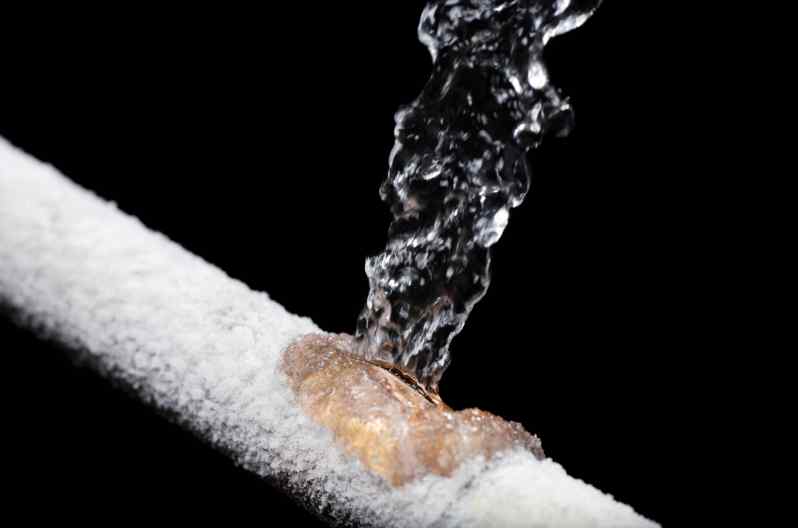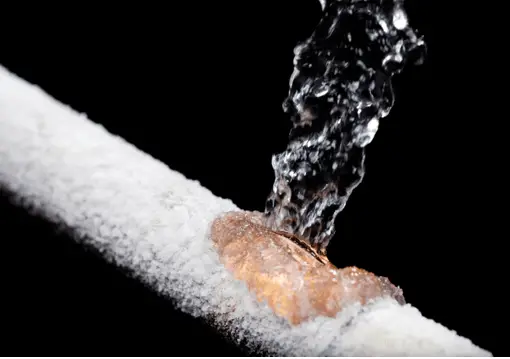Recognizing a Burst Pipe and Implementing Effective Repairs
Recognizing a Burst Pipe and Implementing Effective Repairs
Blog Article
We've noticed this great article on How to Install and Connect a New Dishwasher down the page on the web and thought it made perfect sense to talk about it with you on my blog.

A ruptured pipeline is a major emergency; you can only stand as you enjoy water you pay very much to reunite with the earth. In worse cases, you observe a pool on your cooking area floor, which is a terrific journey danger, specifically if you have children around. If the pipe that ruptured was in your wall surfaces, problem: you may need to paint that whole section.
Exactly how can a disaster like a ruptured pipe be stopped and also handled? Well, by paying attention to your specialist emergency plumbers and following these guidelines.
How do I understand when my pipelines have burst?
Changing water stress
Pipes do not just burst in a day. You might have seen that your kitchen faucet or shower does not run promptly when you transform the faucet. It may stop briefly for a couple of secs and then blast you with more pressure than normal.
In other instances, the water might appear regular at first, then drop in stress after a couple of secs.
Damp walls and water spots
Prior to a pipeline ruptureds, it will certainly leakage, most times. If this consistent dripping goes undetected, the leakage may graduate into a vast gash in your pipeline. One very easy means to prevent this emergency is to look out for wet walls ad water stains. These water spots will certainly lead you right to the leakage.
Puddles under pipes and also sinks
When a pipe ruptureds, the discharge forms a pool. It might show up that the pool is growing in dimension, as well as despite how many times you mop the pool, in a couple of minutes, there's another one waiting to be cleaned. Typically, you might not have the ability to trace the puddle to any type of visible pipes. This is an indication to call a specialist plumber.
Untraceable dripping noises
Pipeline ruptureds can occur in one of the most unpleasant locations, like within concrete, inside walls, or under sinks. When the house goes quiet, you may be able to hear an annoyingly persistent trickling sound. Also after you've checked your shower head and cooking area faucet, the trickling might continue.
Dear reader, the trickling may be coming from a pipeline inside your wall surfaces. There isn't much you can do about that, except tell a specialist plumber.
Shut down the Water
When water freezes, it expands in volume by concerning 9 percent. As well as it expands with tremendous pressure: The pressure inside pipes might go from 40 pounds per square inch to 40,000 psi! No pipe can hold that much stress, so it breaks open. The break may occur where the ice kinds, however more frequently, it occurs where water stress discovers a weak spot in the pipeline. That may be inches or perhaps feet from the frozen location. Discover the water shutoff valve and also shut off the water to prevent even more damage. You could likewise need to shut down the electrical power as well, depending upon where the leaks occurs and also just how big it is.
Contaminated water
Many people assume a ruptured pipeline is a one-way outlet. Fairly the contrary. As water flows out of the hole or wound in your plumbing system, pollutants locate their way in.
Your water might be contaminated from the source, so if you can, examine if your water tank has any kind of problems. Nevertheless, if your drinking water is supplied and also purified by the local government, you should call your plumber instantly if you see or scent anything amusing in your water.
What do I do when I find a ruptured pipe?
Your water meter will remain to run even while your water wastes. To lessen your losses, locate the major controls and turn the supply off. The water mains are an above-ground structure at the edge of your building.
How to Fix & Detect a Leaking Pipe
How Do I Know if a Pipe is Leaking?
Leak detection tests can help you determine if your pipe has a leak. Even if you don’t see an apparent leak, you should still conduct leak detection tests regularly to save water and money—and prevent major damage to your home.
Water meter. It can be helpful to figure out what your usual water meter usage numbers are and then monitor them regularly. To monitor your meter, first, turn off all water faucets in your home. Check the meter and write down the numbers. In a few hours, check the meter again. If the numbers have changed, you have a leak. Water gauge. Use a water gauge to test your water pressure. Your showerhead should produce a certain amount of water pressure based on its model and design. If the pressure is lower than it is supposed to be for that specific showerhead, your home likely has a leak. Puddles. Look inside your bathroom, laundry, and kitchen sink cabinets. Puddles around the cabinets or around toilets, tubs, showers, and washing machines indicate the presence of a leaking pipe. You may also notice loose tiles, peeling or flaking paint, or mold caused by water accumulation. Napkin test. Even if you don’t see any puddles, you may still have a leak. You can test for water leaks in the bathroom, laundry, and kitchen by wiping below-sink connections with a napkin, paper towel, or piece of toilet paper. If it becomes damp, you probably have a leaking pipe under the sink. Discolored walls. Walls that are discolored—usually with brown or yellow stains—or bulging might mean that they have been impacted by water damage caused by a leaking pipe. Smell. A leaky pipe will create sitting water, and over time, that water may develop a musty smell. If your home smells musty, but you can’t locate the source, it may be due to a leak. Steps for Fixing a Leaking Pipe
A leaky drain can be remedied by tightening the pipe base, replacing the drain seal, caulking the rim, and tightening the pipe nut. Similarly, a leaking toilet pipe can be treated by tightening the packing nut. You may also need to replace the valve. A leaky faucet may just need tightening or replacement of the washers. If that doesn’t work, consider replacing your faucet. If your pipe has a hole in it, you may want to use a pipe leak sealer or pipe leak tape. This quick fix for water pipe leaks can also temporarily fix a copper pipe leak. https://www.ahs.com/home-matters/quick-tips/how-to-tell-if-pipes-are-leaking/

As a reader on How to install a dishwasher safely, I figured sharing that piece of content was a great idea. Make sure you take the time to share this post if you appreciated it. We truly appreciate reading our article about What to Know Before Installing a Dishwasher.
Trustworthy fix? Call. Report this page